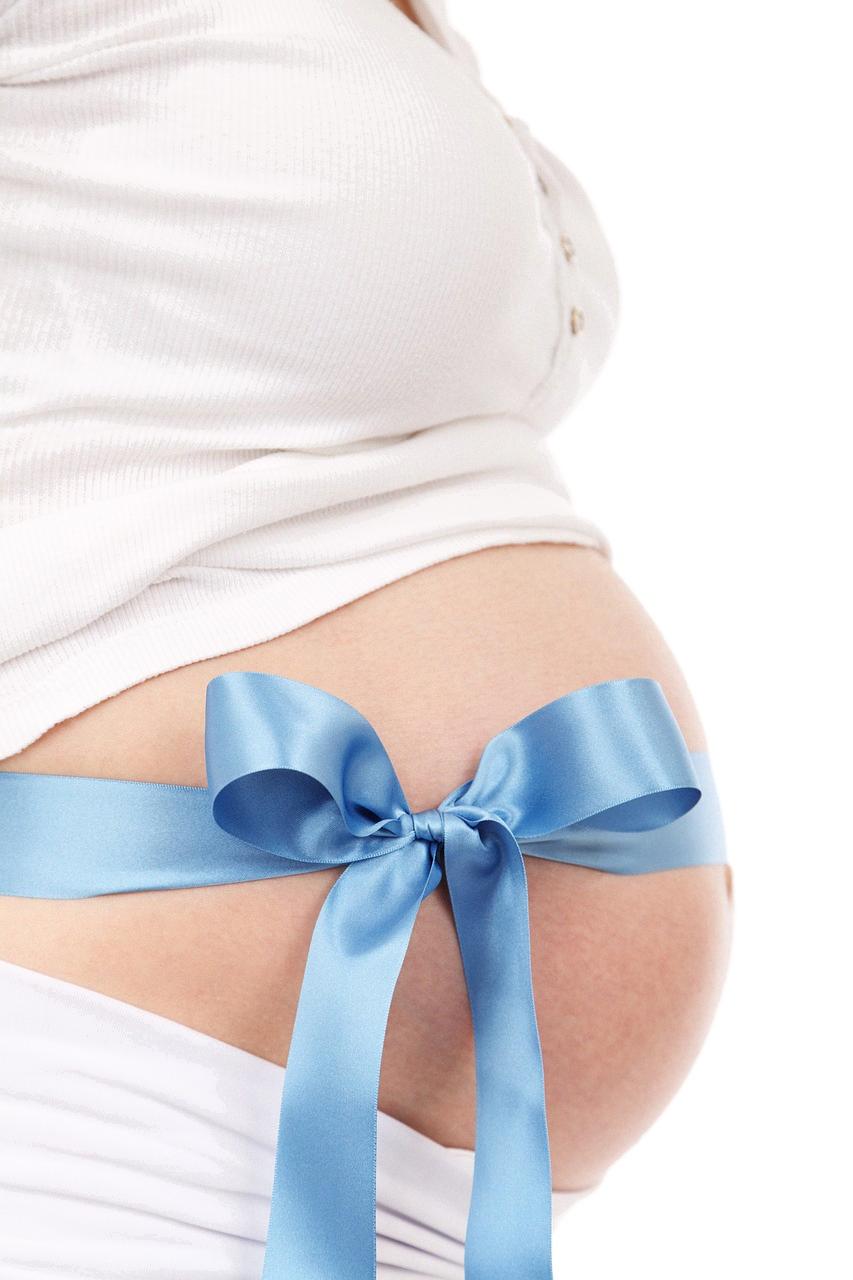When it comes to the frequency of cysts on a baby’s brain, it is essential to understand that these occurrences, though they may sound concerning, are relatively uncommon. In fact, research suggests that in approximately 1 to 2 percent of normal babies, which translates to roughly 1 out of 50 to 100 infants, a tiny bubble of fluid can become pinched off during the formation of the choroid plexus, leading to the presence of a cyst inside the choroid plexus when viewed through an ultrasound scan.
The nature of these cysts is crucial to address, as they are not indicative of a brain abnormality per se. Instead, a choroid plexus cyst can be likened to a small blister within the choroid plexus region. This distinction is significant in alleviating potential concerns about the implications of these cysts on a baby’s brain health.
As parents or caregivers, encountering the term “cyst on the baby’s brain” during a medical examination can understandably evoke worry and uncertainty. However, it is vital to recognize that the presence of these cysts does not necessarily equate to a severe health issue. The statistical rarity of these occurrences further highlights that they are not a prevailing concern within the infant population.
Furthermore, the specific location of these cysts within the choroid plexus region of the brain contributes to their benign nature. The choroid plexus serves essential functions in producing cerebrospinal fluid, which aids in cushioning and protecting the brain. Understanding the physiological context of these cysts can provide reassurance regarding their impact on the overall brain health of a baby.
While the terminology surrounding cysts may evoke associations with pathology or complications, it is crucial to contextualize these findings within the broader spectrum of infant health. The presence of a choroid plexus cyst does not inherently signify a brain abnormality or developmental issue; instead, it represents a unique anatomical variant that is often benign and transient in nature.
Given the rarity of choroid plexus cysts in the general population of newborns, medical professionals typically approach these findings with a balanced perspective. Routine monitoring and follow-up assessments may be recommended to track the evolution of these cysts over time and ensure that they do not exhibit any concerning changes that warrant further intervention.
Parents and caregivers may understandably have questions or concerns about the implications of cysts on a baby’s brain. Open communication with healthcare providers is paramount in addressing these queries and receiving accurate information tailored to the individual circumstances of the infant in question. Building a supportive healthcare team can help navigate any uncertainties surrounding these findings.
It is important to underscore that the presence of a choroid plexus cyst does not imply a heightened risk of neurological issues or developmental challenges in the affected baby. Research suggests that these cysts are often incidental findings during routine prenatal or postnatal imaging studies and do not correlate with adverse outcomes in the vast majority of cases.
Embracing a proactive approach to healthcare and seeking guidance from qualified medical professionals can empower parents and caregivers to navigate any unexpected findings with confidence and clarity. In the case of choroid plexus cysts, knowledge and understanding are key in dispelling misconceptions and fostering a sense of reassurance regarding the overall well-being of the baby.
As advancements in medical imaging technology continue to enhance our ability to detect subtle anatomical variations, it is crucial to interpret findings such as choroid plexus cysts within a comprehensive clinical context. Collaborating with knowledgeable healthcare providers can facilitate informed decision-making and ensure that appropriate actions are taken based on the specific characteristics of these cysts.
In conclusion, while the presence of cysts on a baby’s brain may initially raise concerns, especially among parents, understanding the nature of choroid plexus cysts and their relative rarity can provide valuable reassurance. By fostering open communication with healthcare professionals and staying informed about the nuances of these findings, caregivers can navigate this aspect of infant health with clarity and confidence.
Ultimately, the focus should remain on promoting the well-being and development of the baby while recognizing that choroid plexus cysts, though they may appear as a notable discovery, typically do not pose a significant threat to brain health or overall outcomes for the infant.

